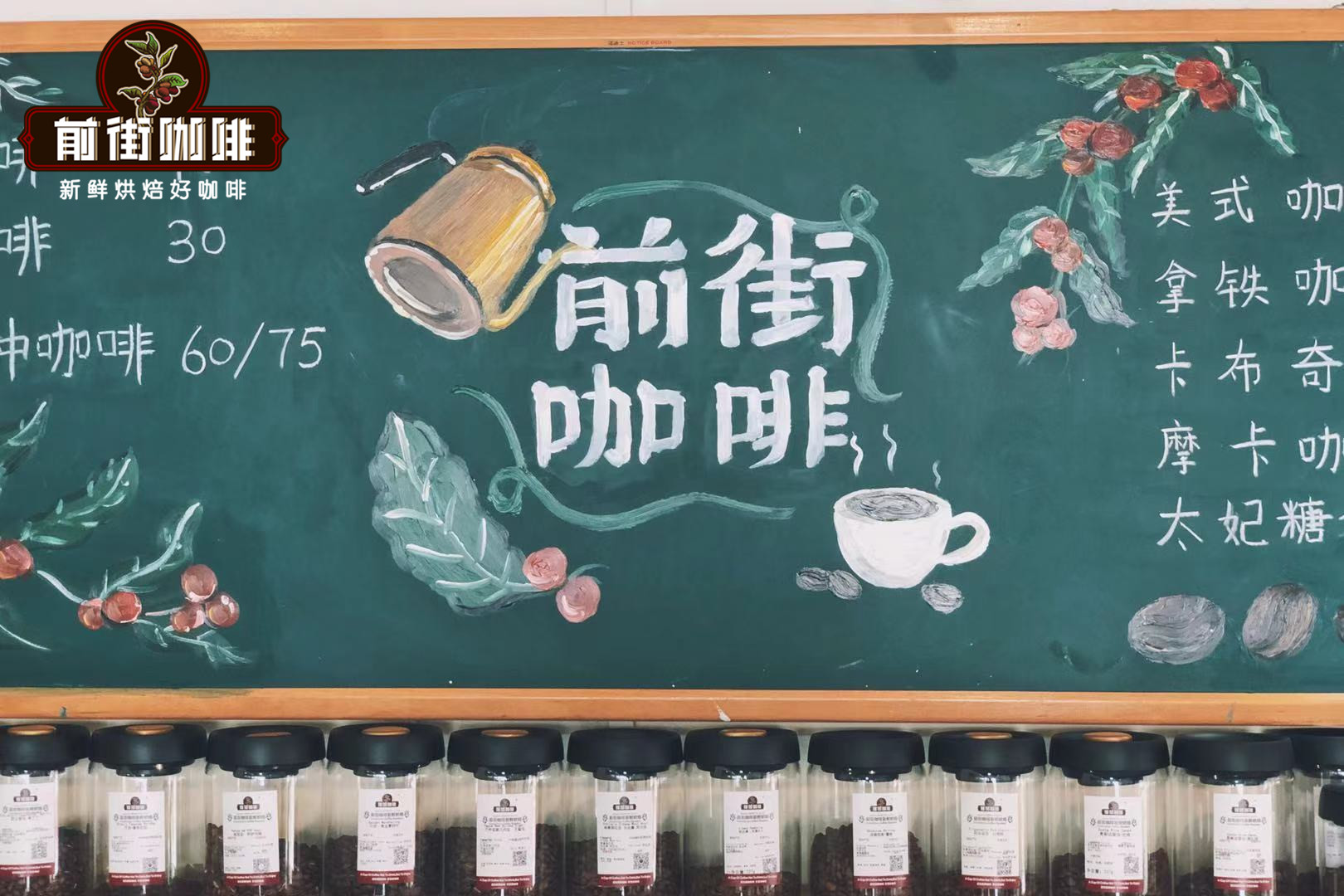Introduction of raw and ripe beans in the process of coffee bean germination, growth and baking
According to an Arab legend, around 1250, the exiled chief Omar discovered exuberant wild coffee berries. The hungry and tired sheikh boiled some of the fruit in water and drank the brewed coffee pulp. He liked the change in his diet very much and gave the drink to some people who had just recovered from a serious illness.
Chief Omar brought back some fine coffee beans when he returned triumphantly from Mocha's exile.
There is also a popular story about an Arab (or Egyptian) shepherd who found that his goat became more energetic after eating coffee fruit. He reported his findings to the abbot of the local monastery. The abbot conducted experiments on monks and found that this soup could keep them awake during night prayers.
It is recorded that in 1454 the commentator of the Islamic Code of Aden visited Ethiopia, where he saw his countrymen drinking coffee and sent someone to buy some coffee beans when they returned home. This drink not only frees him from illness, but also clears his head. Soon, coffee became popular among Islamic monks.
Coffee consumption and cultivation in Yemen can be traced back to 1454. The government allowed drinking and growing coffee that year, because the government may find that the exciting function of coffee is preferable to the hypnotic function of gat. Gat was widely planted and used nationwide at that time.
The word coffee comes from the Latin word for the genus coffea. This genus is a member of Rubiaceae. It has more than five hundred species and 6000 varieties, most of which are heat-stagnant trees and shrubs.
Linnemas, a Swedish botanist in the 18th century, described this genus, but botanists disagreed on its precise classification. There may be at least 25 major varieties of coffee, all of which are native to tropical Africa and some islands in the Indian Ocean. However, due to the varieties of trees and seeds, they are also different. All kinds of coffea are woody plants, but they may be low shrubs or trees higher than 10 meters, and the leaves vary in color from light yellow to purple.
Coffee will probably be seeded in 3-4 years, and the yield will decrease after 20-25 years, but some coffee trees still bear fruit beyond 100 years of life. The branches of coffee trees grow opposite and grow horizontally or drooping branches, while their leaves grow on short-diameter branches. The two main species are Arabica (CoffeeArabic) and CoffeeRobusta. The leaves of Arabica are about 15 centimeters long. Robbins' leaves are long, soft-oval or pointed in shape and bright green in color.
The first flowering period of the coffee tree is about 3-4 years in the forest. The flowers are white, dense and grow in clusters in the second branch of the coffee tree. The petals are 5-6 petals, the fragrance is very strong, the fruit is a drupe, 1.5 cm in diameter, it is green at first, it turns red after maturity, and the seeds of the cherry tree. The two coffee beans stand upright in the fruit on one side of their plane, each black by a thin outer membrane. This membrane is called Silverskin. Its outer layer is also covered with a yellow skin, called Parchment. The whole coffee is wrapped in a sticky pulp to form the coffee fruit, which is soft and sweet, with the outermost shell

Important Notice :
前街咖啡 FrontStreet Coffee has moved to new addredd:
FrontStreet Coffee Address: 315,Donghua East Road,GuangZhou
Tel:020 38364473
- Prev

How coffee beans grow-an introduction to the history of coffee basics
Coffee is grown in 60 or 70 countries in the world, mainly in Asia, Africa and Central and South America. Sweet Home's main product is sweet and warm my heart coffee beans come from these high-quality producing areas. Famous coffee growers such as Brazil, Colombia, Indonesia and so on. Brazil is the world's largest coffee producer, accounting for 1/3 of the world's total output.
- Next

Difference of Flavor characteristics between Solar and Water washing treatment of Yejiaxuefei Coffee beans introduction to brewing method of Yejiaxuefei
In order to improve the quality, Ethiopia introduced water washing technology from Central and South America, which made the jasmine and citrus fragrance of Yega Xuefei clearer and more refined, and became one of the best quality beans in the world, thanks to its exquisite washing technology. since the 1970s and 1970s, this area has become the most popular water-washed bean producing area in Ethiopia. Insolation
Related
- Guji coffee producing area of Guji, Ethiopia: Humbela, Shakiso, Wulaga
- What is the most expensive variety of Qiloso in BOP multi-variety group?
- How to store the coffee beans bought home?
- Why are Yemeni coffee beans so rare now?
- Ethiopian Sidamo all Red Fruit Sun Sun Santa Vini Coffee beans
- SOE is mostly sour? What does it mean? Is it a single bean? what's the difference between it and Italian blending?
- Is Italian coffee beans suitable for making hand-brewed coffee?
- How to choose coffee beans when making cold coffee? What kind of coffee beans are suitable for making cold coffee?
- Just entered the pit to make coffee, what kind of coffee beans should be chosen?
- Can only Japan buy real Blue Mountain Coffee? What are authentic Jamaican Blue Mountain coffee beans?

